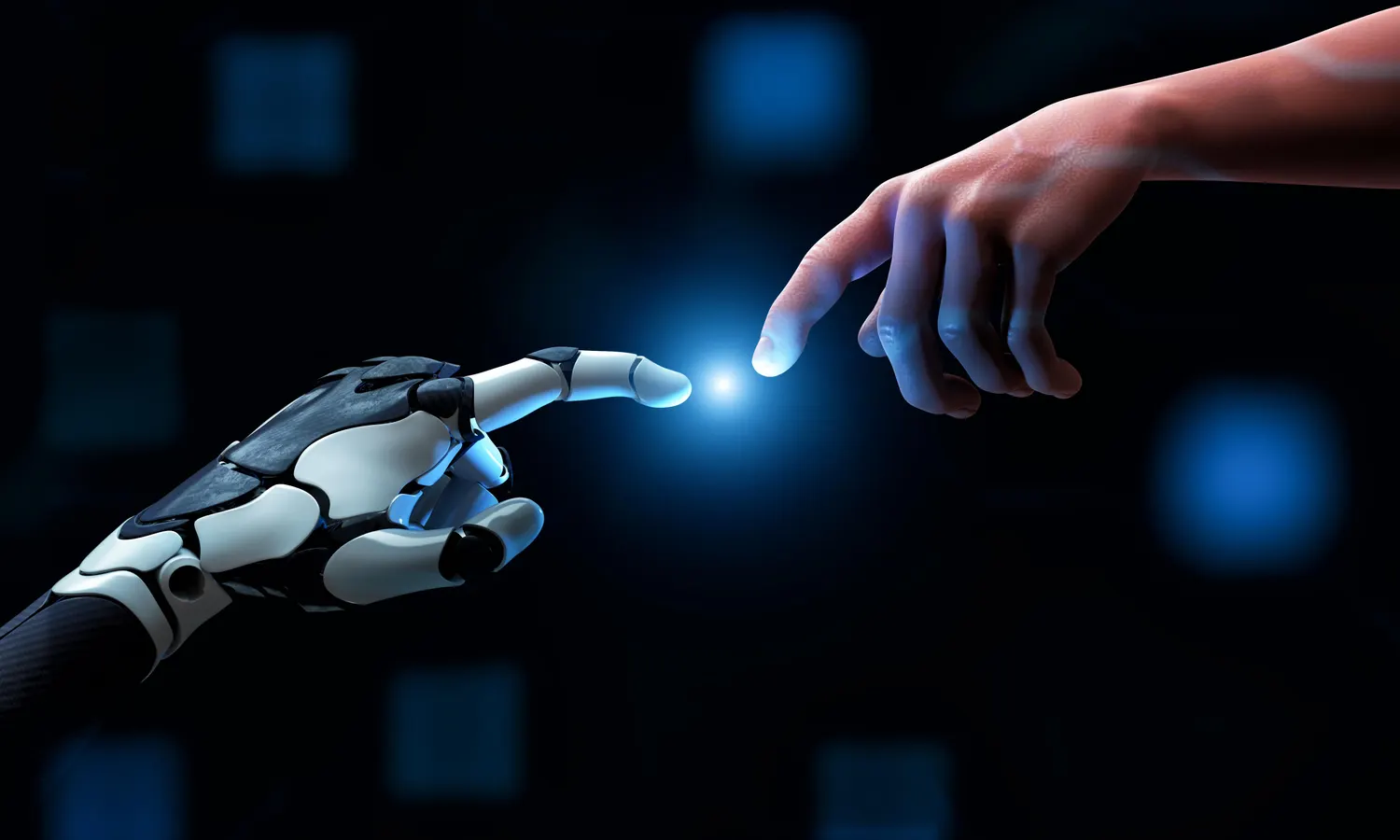Copyright forbes

Smoothing the way for AI adoption With AI adoption comes the promise of speed, efficiency, and smarter decision-making for businesses; however, for entrepreneurs and founders, the biggest challenges of adoption are often created not by the technology itself but by the impact the process has on people, culture, and customers. In many ways, the real challenge now isn’t access, but application. AI adopters, the most commonly reported challenges are AI integration and usage (72%) and concerns about data and privacy (70%), according to research, which also found a lack of understanding about AI’s benefits (62%) and a lack of in-house resources (60%) to be the primary reasons for non-adoption. From teams struggling to adapt to new workflows, to ethical dilemmas and shifting customer expectations, integrating AI forces founders to rethink not just what their business does, but how it operates, and who it serves. Cultural challenges of AI adoption Aaron Weiss, CEO and cofounder of Cowboy Pools, found the most difficult part of AI adoption was cultural. The business was launched in 2020, the result of Weiss and his fiancée, Amanda, being forced to postpone their wedding due to COVID. They decided to put the wedding funds into Cowboy Pools instead. As a hands-on business, more than 90% of the work happens in backyards under the scorching sun, not in dashboards or boardrooms. When Weiss started introducing AI tools into the workflow in 2023, mainly to help streamline scheduling, marketing analysis, and forecasting, the biggest resistance came from team members, the people whose lives he was trying to make easier. MORE FOR YOU “To them, AI sounded like something meant for tech startups and multinational companies,” he says. “They didn’t see how it could fit into a company that specializes in installing tank pools.” Starting with small steps Some of the team members were worried that the new tools would replace their judgment. The hesitation and open resistance made Weiss realize that rolling out AI was all about trust and alignment. He had to find a way to prove to people that the technology was meant to make their jobs easier, not to replace their human intuition and expertise. To turn things around, he started small. “We used AI to predict install delays due to weather, and after two months, the results spoke for themselves,” he says. “We had fewer cancellations and happier clients. Once the team saw that AI could help us solve real problems they cared about, the resistance cooled down, and skepticism quickly flipped to curiosity. Over the past year, we’ve expanded that to marketing analytics, project forecasting, and even design mock-ups for clients.” Tech vs the soul of design Anh Ly, founder and CEO of Mim Concept, is an architect-turned-interior designer with over a decade of experience. Her work merges her architectural training into elegant interiors and furnishings that feel refined and deeply personal. She began implementing AI in the business early in 2023 and found reconciling technology with the soul of design to be the most significant challenge she faced. She says: “Since our operations are deeply rooted in human emotion and craftsmanship, I was hesitant about introducing AI tools into creative workflows, especially product design and marketing. The idea of letting algorithms interpret something as intimate and personal as a home didn’t sit right with me. My biggest fear was that automating some tasks would make us lose the imperfect, emotional nuances that make interior design elements feel unique and personal.” However, in spite of her concerns, Ly overcame her fears and started experimenting with AI for customer journey mapping and trend forecasting. The more she experimented, the more she learnt that AI was never meant to replace human creativity but to enhance it. AI supporting the design teams Initially, she started with small-scale experiments in product visualization and customer behavior analysis. They were exploring how tools like Midjourney and ChatGPT could support the design and marketing teams without compromising the brand’s creative integrity. “It helped us visualize concepts and generate mood variations,” says Ly. “The outputs weren’t perfect, but they only needed a little human refinement to be ready for use. HubSpot’s AI CRM insights played a crucial role in helping us to identify trends in customer behavior, for example, when prospective customers were most likely to purchase sustainable furniture or invest in multi-functional pieces, and as a result, pinpointed exactly when to launch marketing campaigns.” What began as cautious experimentation quickly became a structured part of the business’s workflow, once the team saw how AI could help them to refine design direction and better anticipate customer needs. The biggest lesson Ly has learned is that the key to success is knowing how to set boundaries with AI. “Decide when automation adds value to your business and when it shouldn’t be allowed to intrude,” she says. “I now view AI tools as on-demand collaborators that can handle data-heavy legwork to help stay grounded.” People and their purpose For entrepreneur Steve Case, financial and insurance consultant at Insurance Hero, the challenge with AI implementation was never about the technology of AI, but the cost of mental displacement in a lean team. The business was launched in 2011, with AI adoption for lead scoring only fully implemented in January 2022. He says: “When we first introduced the idea of AI to automate the lead scoring process, the worry I had was that our three administrative staff would no longer have a purpose because they had been doing that job for years. This vulnerability, the fear of making good people redundant, gave cause for hesitation that delayed the rollout by 90 days.” The solution was to redefine their roles before activating the AI. One administrator was retrained to focus only on the quality assurance, manually checking the AI output for errors. The other two moved to relationship management, managing the touchy conversations around specialist finance that AI simply cannot manage yet. “This honest restructuring meant that we kept 100% of our human talent, but our lead processing efficiency has still increased by 45% after the successful integration,” says Case. “We figured out the human challenge first, which enabled the technology to do well.” AI adoption; an asset, not a threat He admits that had he approached that time differently, he would have mapped out the roles and restructuring before even thinking about AI implementation. It would have given the staff a clearer view of the opportunities and wins instead of AI being seen as a ‘threat’ to their jobs. “That would have meant less resistance to AI adoption and possibly wouldn't have been delayed for almost three months,” adds Case. “But that was also a relatively new experience for us, so it was a lesson learned.” Editorial StandardsReprints & Permissions



